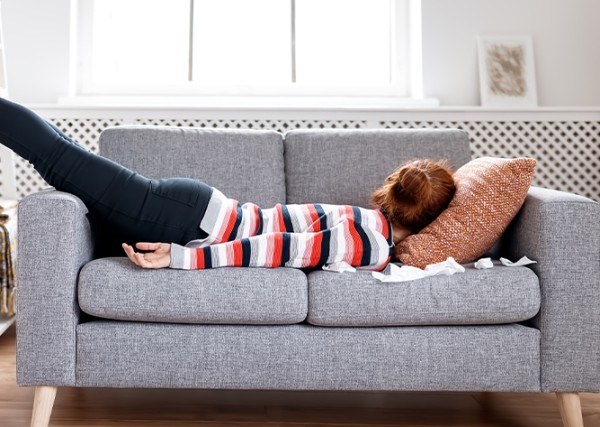
the straight scoop.
how good posture can keep you healthy.
See a doctor now Create my account
Our mothers and grandmothers constantly told us to “sit up straight.” It turns out these wise women probably knew something we didn’t. Good posture leads to good health.
What is good posture?
Did you know?
Constantly looking down at your phone, tablet, or laptop can lead to “tech neck”. When you tilt your head down, between 45-60 degrees, it puts 50-60 pounds of stress on your neck. Compared to the 10-12 pounds when your head is straight up.2
- 2https://www.webmd.com/pain-management/news/20141124/text-neck
But as busy as we all are, who has time to think about posture?
Fair. But the truth is that good posture, in most cases, is simply a matter of habit. And habits can be formed as well as broken. You can make a few minor changes in your posture, repeat them daily, and improve your health. Start creating good posture habits while you are:
Test your posture.
If posture issues like headaches, neck pain, or back pain are affecting your overall health, turn to MDLIVE for reliable 24/7 care. MDLIVE board-certified doctors provide care for more than 80 common, non-emergency conditions.
Posture fun fact.
Posted date: September 26, 2022



